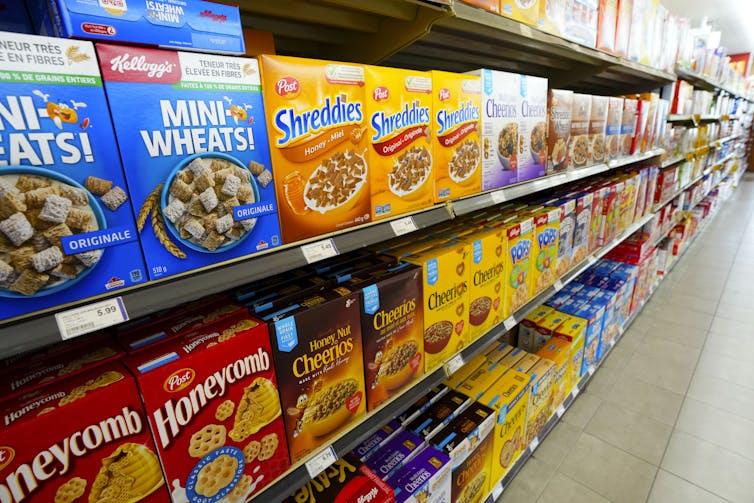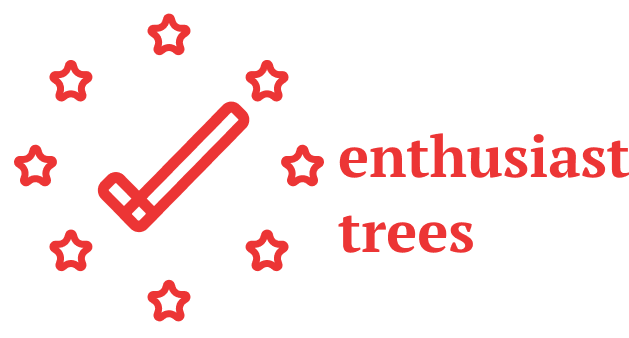Inflation is one of the most pressing political and economic issues of the moment, but there are many misconceptions about how inflation is measured, where it comes from and how it impacts the average person.
In June, inflation in Canada reached a 40-year high of 8.1 per cent. While there are signs inflation may be moderating, many Canadians have dealt with the surging cost of living by cutting back on expenses, working more to increase their income, drawing on their savings or taking on more debt.
As an economics professor who conducts research on prices and consumption, I would like to provide some insight into how inflation is measured and how it is impacting Canadians and the economy at large.
What is inflation?
Inflation refers to a general increase in prices and the resulting decline in the purchasing power of money. While most of us can sense whether inflation is high or low from everyday purchases, the inflation rate that gets reported in the press and discussed by policy-makers is a specific measure created by a small army of statisticians and data collectors.
Statistics Canada constructs the Consumer Price Index (CPI) used to track inflation through a two-step process. In the first step, Statistics Canada collects over one million price quotes on virtually anything purchasable in the country.
Prices are recorded in a variety of ways, and the frequency and geography of price collection depends on the item. For example, items with prices that change quickly like food or gasoline, or vary across locations like rent, are collected more frequently than items that are collected once a year, like university tuition or insurance rates.

THE CANADIAN PRESS/Sean Kilpatrick
In the second step, Statistics Canada aggregates these prices to generate the all-item Consumer Price Index by weighing each item’s price change by its share of total consumer spending. These weights are occasionally updated to reflect changes in consumer spending patterns.
The most recent update in 2021 reflects some pandemic-related spending changes, such as a lower weight for food (15.75 per cent) and transportation (16.16 per cent), but a higher weight for shelter (29.67 per cent).
Statistics Canada and the Bank of Canada also measure “core inflation” which removes items with the most volatile prices (food and energy) from the CPI to provide a better sense of slower-moving, long-term cost pressures.
What causes inflation?
Prices are determined by supply and demand. High inflation is a sign that, across the economy, demand for goods and services exceeds their supply.
Demand has been strong due to strong employment and wage growth, cheap credit, pandemic-related payments from governments and pandemic-related shifts in demand towards goods consumed at home.
Supply has been disrupted by the pandemic’s effects on Chinese factories, international supply chains, container shipping, trucking and the Russian invasion of Ukraine that led to recent spikes in food and energy prices around the world.
Inflation feels higher than it is
Many Canadians feel like prices rose by more than 8.1 per cent in the last year. Beyond specific criticism of the CPI methodology in Canada, there are at least two reasons for this.
First, consumer spending is measured through surveys that capture the diversity of spending patterns in the population, but collapse this diversity into a single set of weights that treats each dollar of spending equally. Spending patterns vary with age, income, location, household composition and taste, and your personal budget might bear little resemblance to the weights used for the CPI.
Second, we are more likely to notice price changes for items we purchase frequently, and we tend to notice price increases more than decreases. The items with the highest price increases in the last year — energy and food — have these characteristics, and we are less likely to notice the (lower) inflation rate for furniture, electronics, education and health goods that balance these out.

THE CANADIAN PRESS/Sean Kilpatrick
We also pay a lot of attention to soaring house prices and interest rates — especially in big cities — but the cost of owned accommodation in the CPI is based on historical averages of housing prices (25 years) and interest rates (five years) that reflect long-term financing costs for the average homeowner, not someone buying a house today.
How does inflation impact us?
There are winners and losers when it comes to inflation. While it can hurt businesses that end up passing cost increases onto their customers, it can benefit others by allowing them to raise their prices without customer backlash because “everyone else is doing it.”
High inflation is often, but not always, accompanied by high wage growth. Individuals who earn no or below-inflation wages are hurt, while individuals with wages indexed to inflation or who are able to negotiate better wages can benefit. Individuals like seniors on fixed incomes are often hurt by inflation, although many government benefits are indexed to inflation.
Some asset prices are better at keeping pace with inflation. Prices of housing, stocks, art and precious metals may go up, while assets with fixed dollar values like cash and bonds do not.
Inflation can make it easier to repay debts, as long as wages or other asset prices keep pace. Inflation can also benefit government finances as tax revenues rise relative to the dollar value of the debt.
While the source of our current inflation is irrelevant to consumers, it matters for economic policy. Central banks and governments must decide whether to curb demand and risk recession by raising interest rates, cutting spending or raising taxes, or wait and hope that supply-side inflation pressures ease up on their own.
We can only hope that it will not take a major recession to end this period of high inflation (unlike the last major effort by the Bank of Canada to lower inflation) and that Canada avoids “stagflation,” the combination of high inflation and high unemployment that afflicted many economies in the late 1970s.










